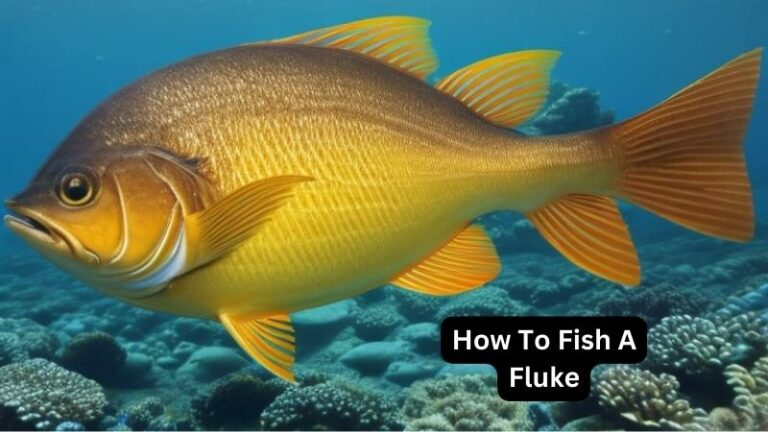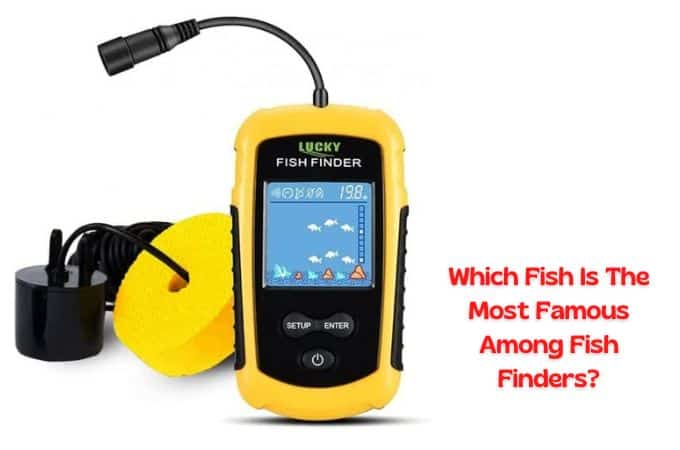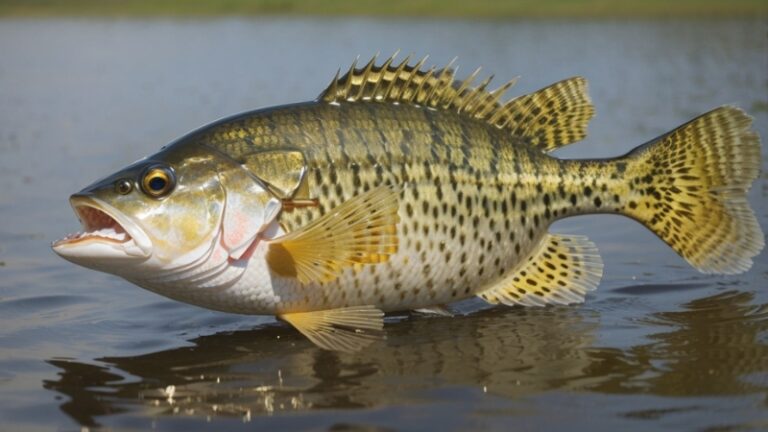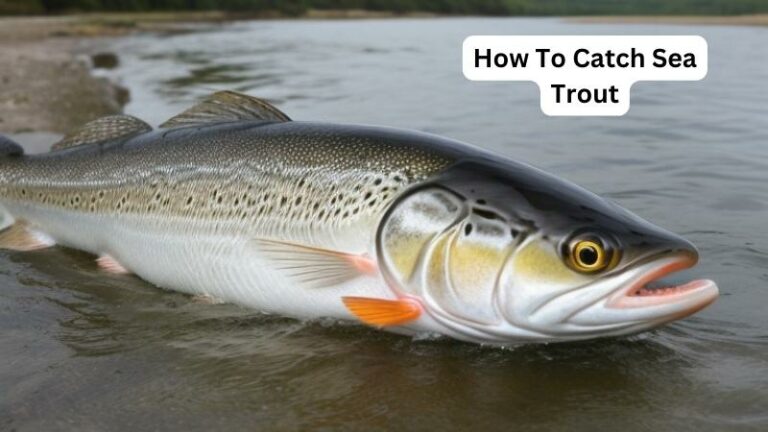Summer Guide: How To Catch White Perch
Looking to reel in some white perch this summer? Look no further! We’ve got the scoop on how to catch white perch in summer and maximize your chances of a successful fishing trip. From bait selection to casting techniques, we’ll walk you through everything you need to know to increase your chances of hooking these popular freshwater fish. So, grab your gear and let’s dive right into the world of white perch fishing this summer!
How to Catch White Perch in Summer
White perch fishing in the summer can be an exciting and rewarding experience. These fish are known for their aggressive nature and delicious taste, making them a popular target for many anglers. In this comprehensive guide, we will explore various techniques, strategies, and tips to help you catch white perch during the summer months.
Understanding the White Perch
Before we delve into the fishing techniques, it is essential to understand the behavior and characteristics of white perch. This knowledge will improve your chances of success on the water.
White perch, scientifically known as Morone americana, are freshwater fish found in rivers, lakes, and estuaries along the East Coast of the United States. They are known for their silvery-white appearance with vertical dark stripes, resembling their close relative, the striped bass. While they are relatively small, usually ranging from 6 to 12 inches in length, white perch are aggressive feeders, making them an exciting catch for anglers.
1. Location and Habitat
Knowing where to find white perch is crucial for a successful fishing trip. During the summer, white perch tend to move to deeper waters, seeking cooler temperatures. Here are some key locations and habitats to target:
a. Estuaries and Tributaries
White perch thrive in estuaries and tributaries, where freshwater meets the saltwater of the ocean. Look for areas with structure such as rocks, docks, fallen trees, and submerged vegetation. These provide cover and attract prey, making them excellent feeding grounds for white perch.
b. Shallow Areas
While white perch move to deeper waters during summer, they often remain close to shallow areas. Look for areas with slow-moving currents, such as backwaters, coves, and near shorelines. These spots offer ample food sources and can be easily accessible for anglers.
c. Submerged Structure
White perch are known for their affinity for structure. Look for submerged structures like underwater rock formations, reefs, and bridge pilings. These structures provide hiding places for prey and attract white perch.
2. Fishing Gear and Equipment
Having the right fishing gear and equipment is essential when targeting white perch. Here’s a breakdown of the key fishing gear you’ll need:
a. Fishing Rod and Reel
Choose a light to medium-action spinning rod and reel combo. A 6 to 7-foot rod with a fast or medium-fast action is ideal for white perch fishing. Pair it with a reel that has a smooth drag system and can handle 6 to 10-pound test line.
b. Fishing Line
Opt for monofilament or fluorocarbon fishing line in the 4 to 10-pound test range. Lighter lines allow for better sensitivity and casting distance, while still providing enough strength to handle white perch.
c. Hooks
Use size 4 to 8 hooks, depending on the bait you choose. Select hooks with a long shank and a wide gap to increase your hook-up ratio.
d. Bait and Lures
White perch are opportunistic feeders, and various baits and lures can be effective in enticing them. Here are some options to consider:
– Live Bait: Nightcrawlers, bloodworms, minnows, and grass shrimp are all excellent choices for white perch. Hook them through the lips or thread them onto a hook to mimic natural movement.
– Soft Plastic Lures: Grubs, tubes, and paddle-tail lures in natural colors can mimic baitfish and attract white perch. Retrieve them slowly and experiment with different depths until you find what works best.
– Jigs: Light jigs in the 1/16 to 1/4-ounce range can be effective in enticing white perch. Pair them with soft plastic trailers or live bait for maximum attraction.
3. Techniques and Strategies
Now that you have the right gear, it’s time to explore some effective techniques and strategies for catching white perch in the summer:
a. Bottom Fishing
Bottom fishing is a popular technique for white perch. Use a Carolina rig or a simple split-shot rig to present your bait near the bottom. Cast your line and let it sink until you feel it touch the bottom. Slowly retrieve with occasional pauses to entice strikes.
b. Casting and Retrieving
Cast your bait or lure near structure, such as fallen trees or submerged rocks. Allow it to sink for a few seconds and then retrieve it with a slow and steady retrieve. Vary the speed and depth until you find the most productive pattern.
c. Vertical Jigging
In deeper waters, vertical jigging can be highly effective. Drop your jig or lure to the desired depth and impart a subtle jigging motion to attract white perch. Pay attention to any subtle nibbles or changes in weight, as white perch can exhibit light bites.
d. Chumming
Chumming involves creating a scent trail to attract white perch. Use a chum bag filled with crushed bait such as clams, minnows, or fish pellets. Secure the bag near your fishing spot and let the scent disperse through the water. This technique can be particularly effective when fishing from a stationary position.
4. Best Time for White Perch Fishing
While white perch can be caught throughout the day, there are certain times when they are more active and likely to feed. Consider the following factors to maximize your fishing success:
a. Early Morning and Late Afternoon
White perch are more active during low light conditions. Fishing during the early morning and late afternoon can yield better results, as the sun is lower and the water is cooler.
b. Tide Changes
White perch often feed during tidal changes when there is increased water movement. Check the tide charts for your fishing location and plan your trip around the incoming or outgoing tides.
c. Water Temperature
White perch prefer water temperatures between 65 to 75°F. If possible, monitor water temperatures using a thermometer, as white perch are more active and likely to feed within their preferred temperature range.
5. White Perch Fishing Etiquette
Responsible angling includes practicing good fishing etiquette and conservation efforts. Here are some guidelines to follow when targeting white perch:
– Respect the environment and dispose of your trash properly.
– Release undersized or unwanted fish back into the water gently and with care.
– Follow local fishing regulations and adhere to catch limits.
– Consider using barbless hooks or artificial lures to minimize harm to fish.
– Educate others about the importance of conservation and responsible angling practices.
6. Safety Tips
Ensuring your safety should always be a priority when fishing. Here are some safety tips to keep in mind:
– Wear appropriate personal flotation devices (PFDs) when fishing from a boat.
– Stay hydrated and protect yourself from the sun by wearing sunscreen and a hat.
– Be aware of the weather conditions and avoid fishing during storms or strong winds.
– Watch your step and be cautious when navigating slippery surfaces near the water.
– Inform someone about your fishing plans and estimated return time, especially when fishing alone.
In conclusion, white perch fishing in the summer can be a fun and rewarding experience. By understanding their behavior, using the right gear, employing effective techniques, and following proper etiquette and safety measures, you can increase your chances of catching these spirited fish. So grab your fishing gear, head out to your favorite fishing spot, and enjoy the thrill of white perch fishing this summer!
Frequently Asked Questions
What are the best techniques for catching white perch in the summer?
Some of the most effective techniques for catching white perch in the summer include using live bait such as bloodworms or minnows, casting jigs or spinners near structures where perch gather, and trolling with small crankbaits or spoons. Additionally, fishing with light tackle and adjusting your depth based on the fish’s location can greatly increase your chances of success.
What are the recommended bait options for white perch fishing in the summer?
White perch in the summer are often attracted to live baits such as bloodworms, shiners, or nightcrawlers. Using these natural baits on a hook with a weight or under a bobber can entice the fish to bite. Additionally, artificial baits such as soft plastic jigs or small spinners can be effective alternatives.
Where is the best place to find white perch during the summer months?
White perch tend to congregate near structures such as piers, docks, or fallen trees during the summer. These structures provide them with shade and shelter, making them ideal spots for fishing. Additionally, look for areas with rocky bottoms or submerged vegetation, as white perch are known to seek out these types of habitats.
What is the recommended tackle for white perch fishing in the summer?
When targeting white perch in the summer, it is best to use light to medium-light spinning or baitcasting tackle. A fishing rod with a length between 6 and 7 feet, paired with a reel spooled with 6 to 8-pound test line, should suffice. It is important to have a sensitive rod tip to detect subtle bites and to use a light enough line to prevent spooking the fish.
What is the optimal time of day for white perch fishing in the summer?
White perch are generally more active during early morning and late evening hours in the summer. During these times, the water temperature is cooler, and the fish are more likely to be feeding near the surface. However, white perch can be caught throughout the day, and their activity may vary depending on factors such as weather conditions and water clarity.
Are there any specific techniques for catching larger white perch in the summer?
If you’re targeting larger white perch in the summer, consider using larger live baits, such as small bluegills or shad, as they are more enticing to bigger fish. Additionally, exploring deeper water near drop-offs or submerged structures can increase your chances of encountering larger perch. It’s also important to be patient and persistent, as larger white perch tend to be more cautious and selective with their food choices.
What are some additional tips for successful white perch fishing in the summer?
Aside from using the right techniques and bait, it’s important to pay attention to the surroundings and adjust your approach accordingly. Keep an eye out for signs of fish activity, such as surface ripples or birds diving into the water, as these can indicate the presence of feeding white perch. Experiment with different retrieves, speeds, and bait presentations until you find what works best. Lastly, don’t forget to comply with local fishing regulations and obtain any necessary permits or licenses.
Final Thoughts
In conclusion, catching white perch in summer requires a strategic approach and knowledge of their behavior. By targeting shallow areas near structures such as docks, piers, and fallen trees, anglers can increase their chances of success. Using live bait, such as minnows or worms, and adjusting the depth based on water temperature can attract white perch. Additionally, employing light tackle and practicing patience will help maximize the fishing experience. With these tips, anglers can enhance their skills in catching white perch in summer and enjoy a fruitful day on the water.




